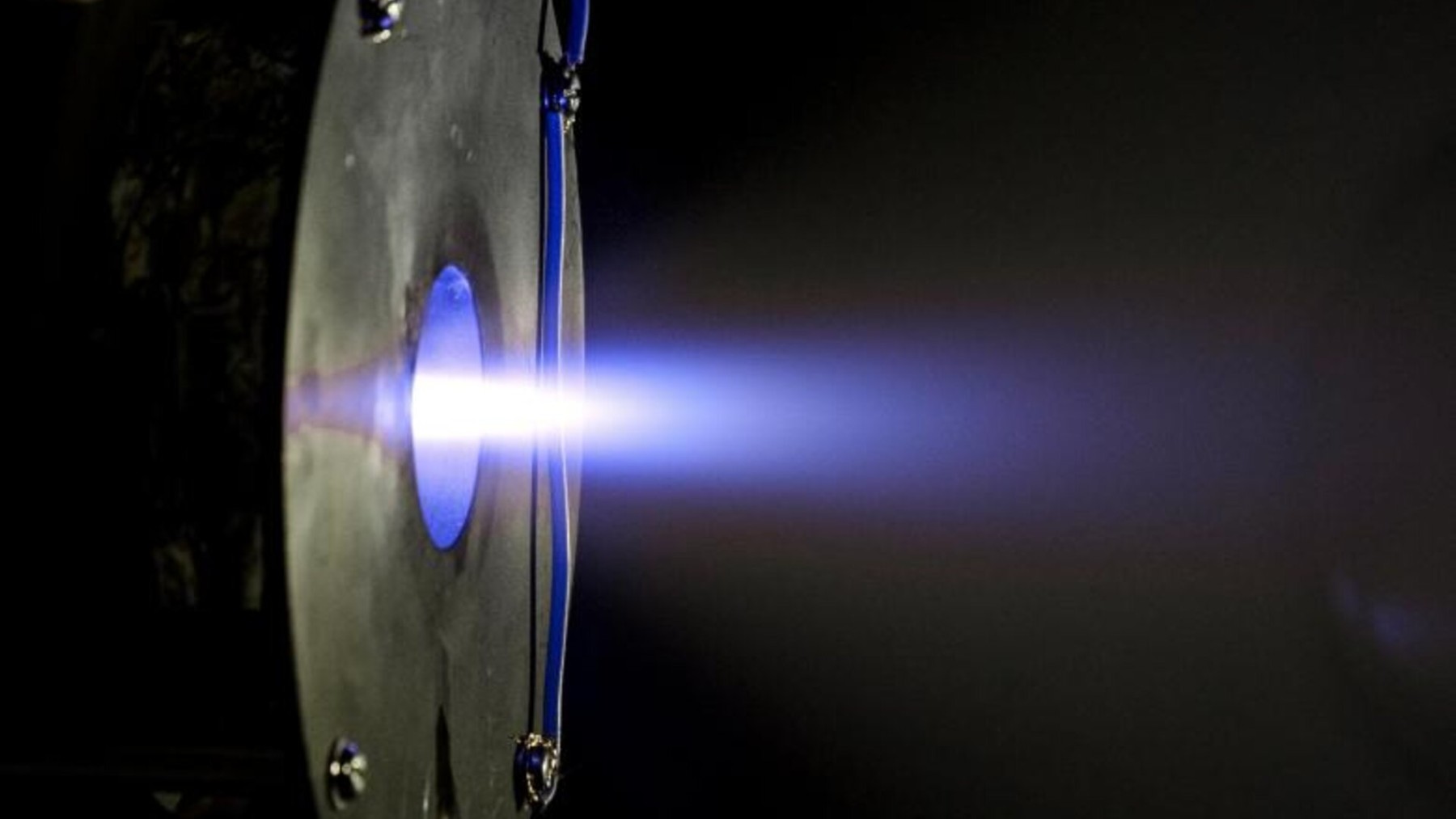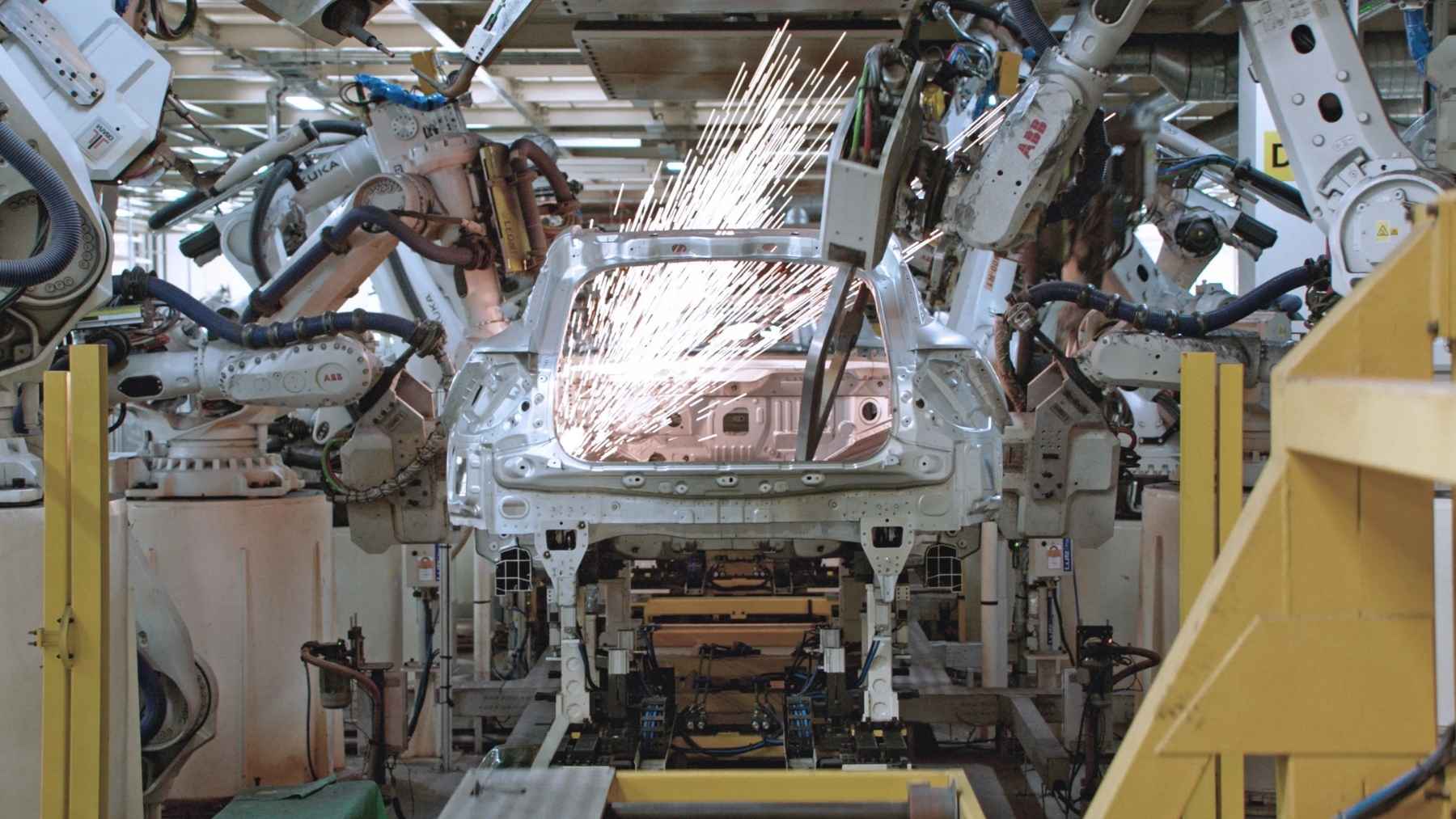NASA has recently introduced a new propulsion system that is said to reduce the time taken to travel to Mars: the Pulsed Plasma Rocket. Designed and developed by Howe Industries with consultation from NASA, it has the capability of cutting down human-crewed missions to the red planet by two months to less than two months as compared to making a round trip of two years.
The PPR is a jump in rank compared to current technology in terms of efficiency and force, which could revolutionize the current methods of space travel. This innovative invention has the possibility of eradicating a large number of challenges that have hitherto surrounded space travel and colonization.
This is how the advanced propulsion technology works: a detailed explanation of the Pulsed Plasma Rocket’s mechanisms
The PPR employs the fission-driven nuclear propulsion system as the improved version of the PuFF idea, where fission is used to produce thrust. This system produces a controlled jet of plasma, requiring less space, being technically less complex, and cheaper than earlier models.
The PPR has impressive performance characteristics due to the possibility of reaching the impulsive level of up to 100,000 N within the impulse of 5000 seconds. Thus, the specific impulse and the thrust are shown to be high. This efficiency translates into shorter travel time and into the ability to haul much, much larger spacecraft, thus paving the way for new missions and new types of explorations.
The PPR concept is a unique propulsion concept, which could be a breakthrough in spacecraft propulsion if successfully developed, and it would open up new opportunities in the exploration of space.
Greater crew protection and benefit to the space missions: how PPR improves safety and efficiency
The PPR has exceptional news that the new sort of rocket can haul more substantial spacecraft; it may contain extra protection from dangerous GCRs. This extra safeguard is particularly a must for long-haul space exploration, using resources that might enable the astronauts to tackle the extra-terrestrial extra-vac space unprotected by Earth’s magnetosphere for a rather long time.
The PPR’s prospects complement NASA’s objectives of having a fixed structure on Mars, as it could entail the shuttling of more substantial cargo and housed probes. This technology may prove instrumental in overcoming one of the major hurdles in human deep space exploration.
It is the shields from the dangerous varieties of radiation that are present in space beyond Low Earth Orbit. That would directly influence the PPR as it can contribute to the creation of longer-term missions and human presence in deep space and other planets.
Current development and future implications: how the PPR concept is evolving toward a revolutionary space technology
Regarding the PPR concept, Phase I of NIAC has been successfully finished, and this phase was aimed at the evaluation of neutrons, the design of the spacecraft, power systems, and trajectory in general. The Project researchers will utilize these assessments in Phase II to enhance the PPR concept. The activities contained in this phase will include fine-tuning the engine design, testing proof of concepts, and coming up with a suitable spacecraft design for the Mars crewed mission. The capabilities of the PPR are not limited to Martian missions since its efficiency is considerably high, which might open a brand new page in humanity’s space activity. The advancement of this technology can help in the possibilities for other domains of space research, such as asteroid mining, deep space exploration, and interstellar probes.
How the Pulsed Plasma Rocket can transform space travel and human presence beyond Earth
Consequently, in conclusion, the Pulsed Plasma Rocket is one of the promising advancements concerning space propulsion systems, which can cut travel time to other planets such as Mars and offer aid to deep space explorations.
Thus, by providing high thrust as well as a high Isp, the PPR could mitigate many of the difficulties related to manned cumulative space voyages, such as radiation rises and the requirement for higher mass content available. Indeed, as Howe Industries collaborates with NASA and as this technology is expanded upon and advanced through the NIAC program, the chance of more efficient, safer, and more complex space expeditions feels much more real.
Despite its current state staying in the concept stage of progression, the PPR can redefine space travel and make the dream of having humans permanently set foot on Mars a reality in the future. In an indicatively successful manner, the PPR could dramatically change the very course of history and make humankind a spacefaring species with unprecedented opportunities to further the scientific reach of the race into the cosmos beyond Earth.














